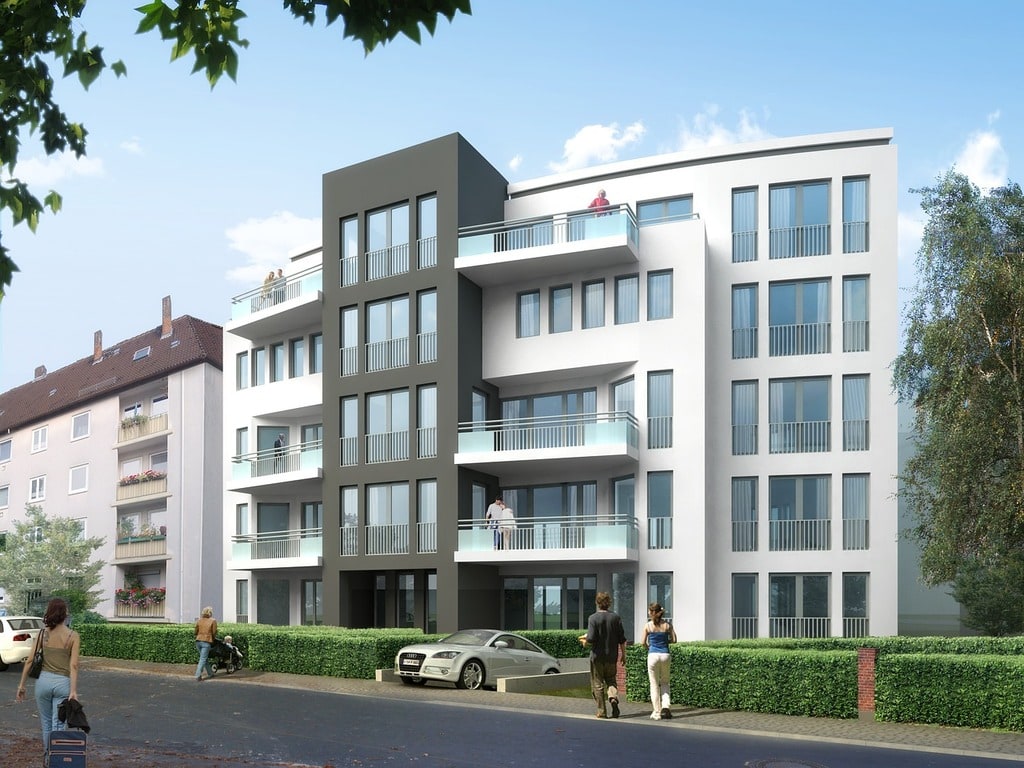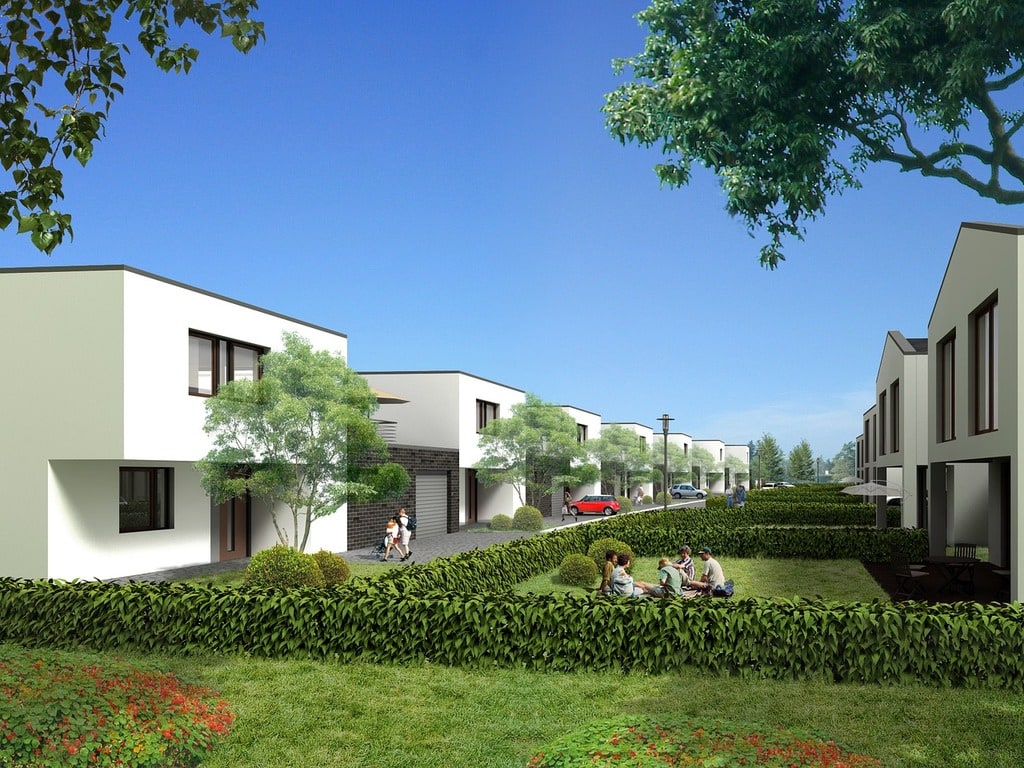
Urban life, with all its vibrancy and complexity, offers an endless array of photographic opportunities. From the hustle of crowded streets to quiet moments of solitude, the city is alive with stories waiting to be told. The challenge for photographers is not just to capture the buildings, lights, and people, but to convey the essence of urban living itself—the energy, the diversity, and the moments of humanity that bring it all together. This pursuit of storytelling through the lens requires a blend of observation, timing, and creativity.
Photographing the Pulse of Urban Life
Cities are dynamic environments where life moves at an accelerated pace. The streets, parks, and public spaces serve as backdrops to a vast array of human experiences, from casual encounters to daily routines. Capturing the essence of urban life means looking beyond the surface and recognizing those fleeting moments of connection or emotion. A simple gesture, a gaze exchanged between strangers, or the way light falls on a building at sunset—these are the elements that define the rhythm of city life.
The true art of urban photography lies in creating images that evoke emotion and allow the viewer to feel the intensity or serenity of the moment. For example, a crowded marketplace buzzing with activity can be juxtaposed against a lone figure sitting quietly on a bench, offering a visual contrast that speaks to the varied experiences within the same cityscape. Every frame tells a different story, and those stories are what resonate with viewers long after the image is taken.

Composing the Perfect Shot
Composition plays a vital role in urban photography. With so many elements in the frame, it can be challenging to focus on the key subject without overwhelming the viewer. Using leading lines, such as streets, buildings, or shadows, can guide the viewer’s eye through the image and create a sense of depth. Reflections from windows, puddles, or metallic surfaces can add layers of interest, transforming an ordinary scene into something visually compelling.
Another effective technique is framing the shot to include the right amount of negative space. By giving the subject room to breathe, the image takes on a more profound sense of scale and atmosphere. Minimalism can often be the key to letting the emotion of the moment shine through. Balancing the energy of the urban landscape with moments of stillness allows the photographer to emphasize contrast and create more impactful images.
The Importance of Lighting and Timing
In any type of photography, light is the primary factor that can make or break an image. In urban environments, the play of natural and artificial light creates a constantly shifting canvas. Streetlights, neon signs, car headlights, and reflections from skyscrapers combine to offer countless lighting conditions. The challenge is learning how to manipulate these elements effectively to craft an image that tells a story.
Golden hour—the hour just after sunrise or before sunset—offers photographers soft, diffused light that can make the city glow. However, urban photographers must also embrace the harsher light of midday, or the shadows of twilight, to capture the full spectrum of life in the city. Timing is equally essential. Knowing when to press the shutter is often the difference between a mundane image and one that captures a brief but profound moment.
Incorporating People in Urban Photography
People are a vital part of the urban narrative. Whether they are caught in a crowd or isolated in their own world, their presence adds life and emotion to a photograph. Capturing candid moments can reveal authentic expressions and interactions that are often missed in posed shots. Observing the subtle behaviors of people in their everyday routines provides an opportunity to tell stories that resonate with universal experiences.
To enhance these moments, consider using various angles and perspectives. Shooting from a low angle can emphasize the grandeur of tall buildings, while an overhead view can create patterns of movement as people traverse streets or squares. Experimenting with perspectives adds a creative dimension to the storytelling process, allowing photographers to depict the city from multiple viewpoints.
Practical Tips for Urban Photography
When taking to the streets with a camera, preparation and mindfulness can make all the difference. The fast-paced nature of urban life can often leave little room for hesitation. To help streamline the creative process, here are a few practical tips :
- Scout locations ahead of time to understand the lighting, crowd dynamics, and key vantage points.
- Use manual settings on the camera to have full control over exposure, shutter speed, and focus.
- Stay patient and wait for the right moment to unfold in front of the lens.
- Blend into the surroundings to capture more natural, unguarded expressions from people.
By following these practices, urban photographers can maximize their ability to capture authentic moments without disturbing the scene or missing an opportunity.
Exploring Urban Details
In the vastness of a city, it’s easy to overlook the small details that make urban life so unique. Graffiti on walls, the textures of old bricks, the patterns of a tiled sidewalk—these details can offer rich visual material for storytelling. While it is tempting to focus on the larger cityscape, paying attention to these subtle elements adds layers of complexity to urban photography. These details often reveal the history of a place or the culture of its inhabitants.
Small, unnoticed details can serve as metaphors, capturing the essence of life in ways that larger, more obvious scenes cannot. A cracked window, a forgotten street sign, or a worn-out bench can evoke emotions of nostalgia, abandonment, or perseverance, providing a deeper narrative than a photograph of a busy avenue ever could.
In urban photography, every corner holds the potential for discovery, and with the right eye, the essence of city life can be found in both the grand and the subtle. Through thoughtful observation and a mastery of composition and lighting, a photographer can transform everyday scenes into captivating stories, reflecting the true essence of urban existence.